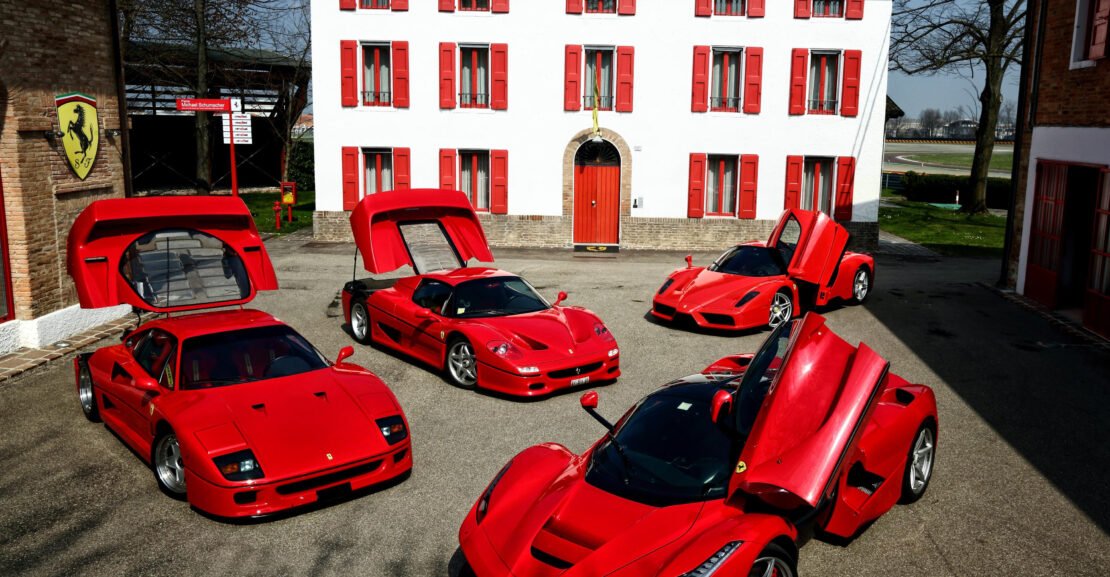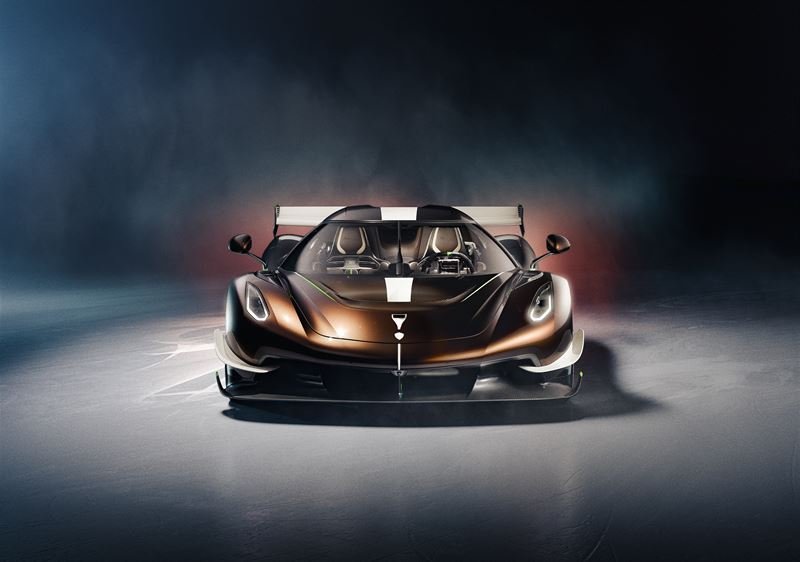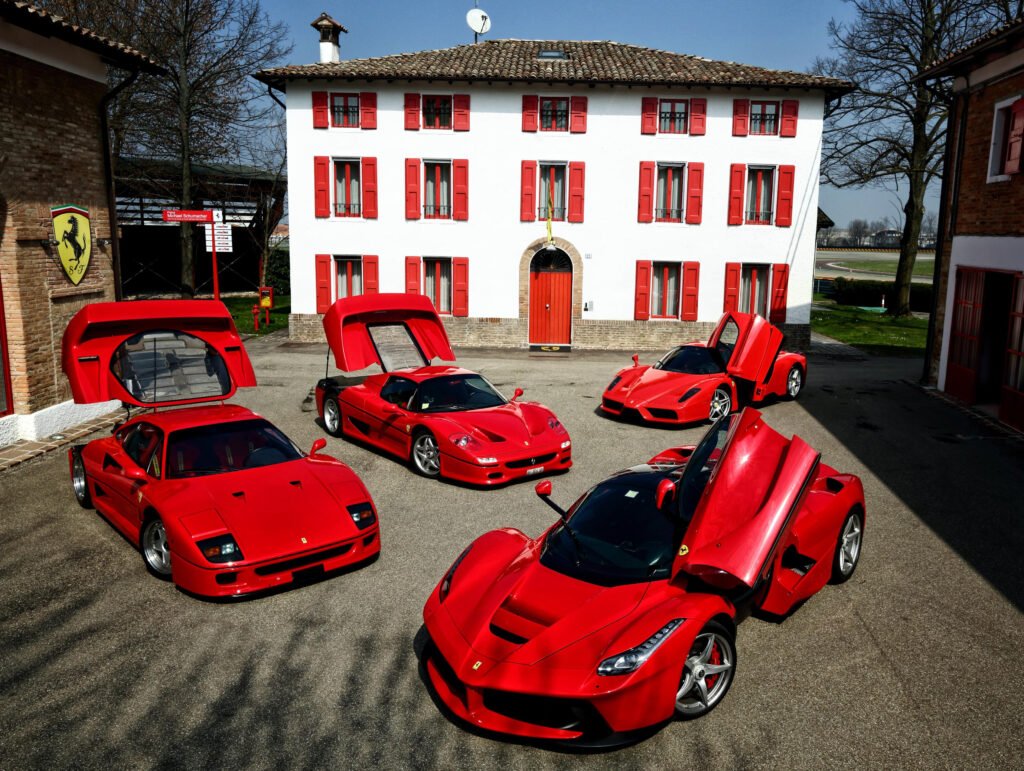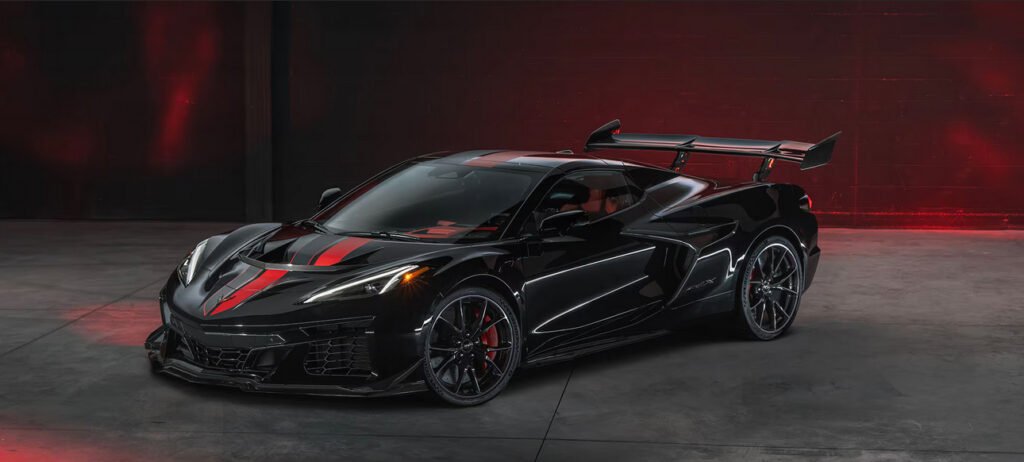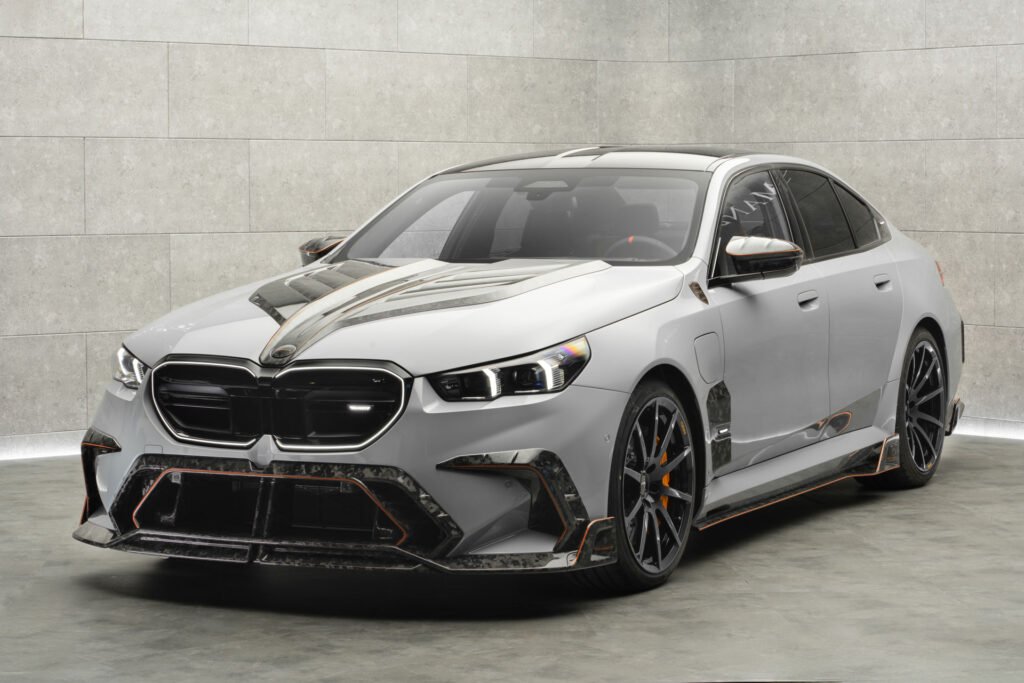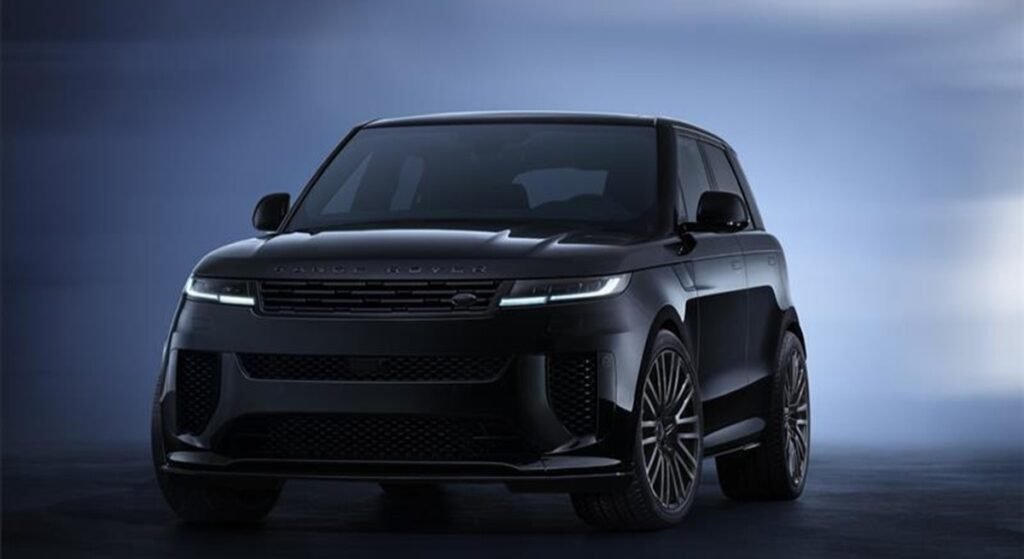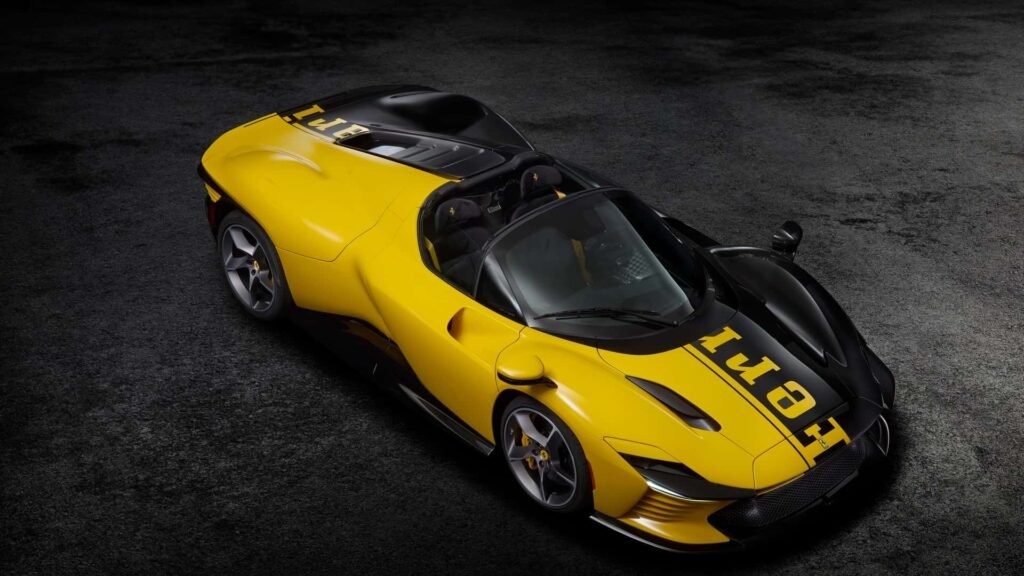From the winding roads of Maranello to the world’s most prestigious concours, Ferrari has always stood for uncompromising performance, timeless design, and pure automotive emotion. In this article, we explore the six most exclusive and iconic Ferraris of the modern era—models that not only pushed the limits of technology and speed but also defined entire generations of dream cars.
Ferrari 288 GTO – The Beginning of a Legend
Unveiled in 1984, the Ferrari 288 GTO was created to satisfy Group B homologation requirements, yet it never competed in rallying. Instead, it laid the foundation for all future Ferrari halo cars. Beneath its understated yet aggressive silhouette, the 288 GTO housed a twin-turbocharged 2.9-litre V8 engine that delivered 400 horsepower and a top speed close to 190 mph—staggering for its time.
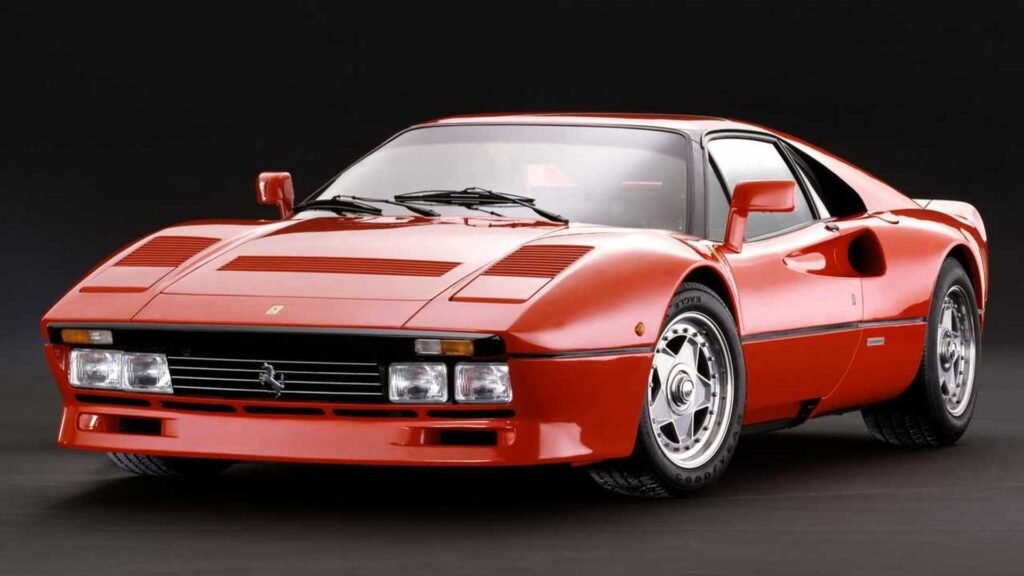
What truly made it exceptional was its weight: a mere 1,160 kg, thanks to the use of fiberglass, Kevlar, and aluminum. Limited to just 272 units, the 288 GTO remains a symbol of restraint and purpose—a raw driver’s machine with just enough civility to be driven on the road.
Ferrari F40 – A Brutal Masterpiece
Introduced in 1987 to commemorate Ferrari’s 40th anniversary, the F40 was the last car personally approved by Enzo Ferrari. It was a raw, unapologetic performance machine built with a single purpose: speed. Its twin-turbo 2.9-litre V8 produced 471 horsepower and hurled the car past 200 mph, making it the fastest street-legal production car in the world at launch.
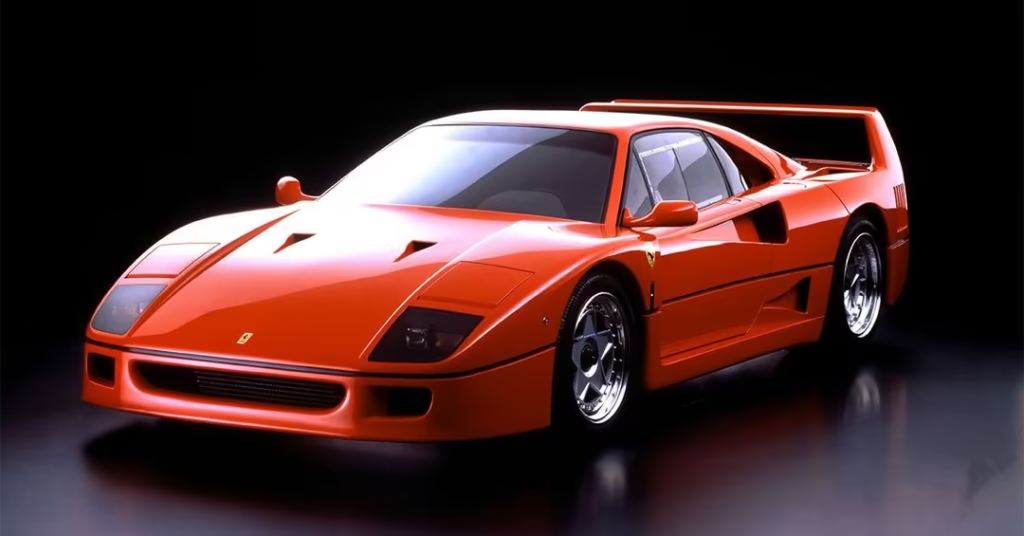
Its design was uncompromising—NACA ducts, fixed rear wing, no carpets, and Plexiglas windows in some versions. There was no power steering, no ABS, and no electronic aids. Ferrari initially planned to build just 400, but due to overwhelming demand, over 1,300 units were ultimately produced. Even today, it remains the benchmark for analogue driving purity.
Ferrari F50 – F1 Technology on the Road
If the F40 was a racecar for the road, the F50 took things further by bringing Formula 1 engineering into a road-legal supercar. Launched in 1995, it featured a naturally aspirated 4.7-litre V12 derived directly from Ferrari’s 1990 F1 engine. With 513 horsepower and a carbon-fibre tub, the F50 was designed to be driven without electronic filters—offering pure, unfiltered feedback.
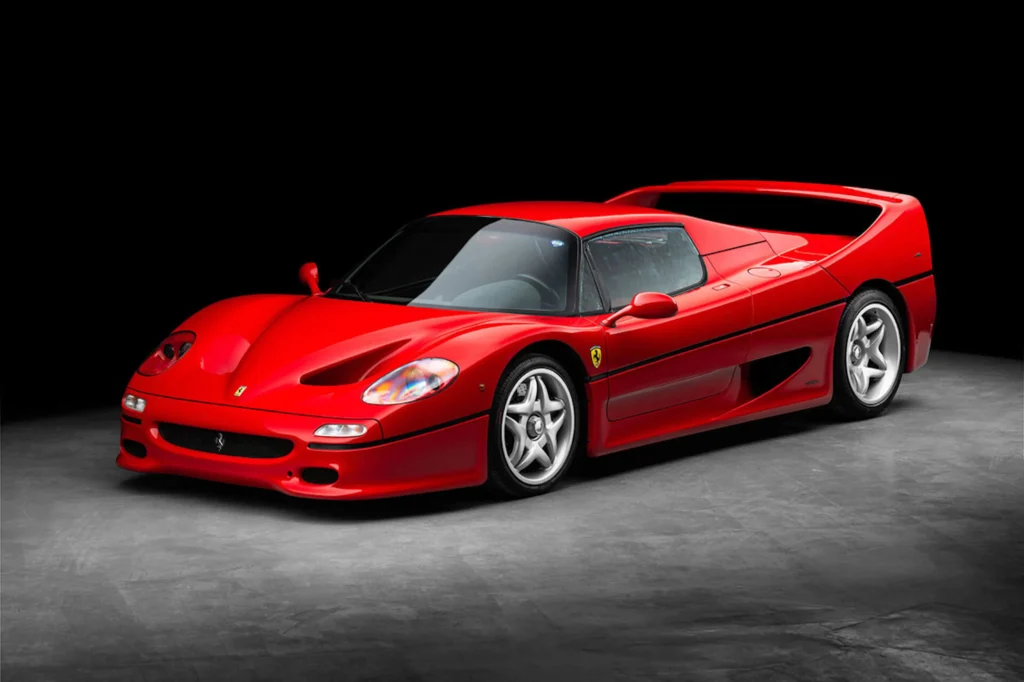
The F50 was a technical marvel: active aerodynamics, inboard pushrod suspension, and a removable hardtop that transformed it into a roadster. Ferrari limited production to just 349 units, emphasizing its exclusivity. Unlike its predecessor, the F50 was more organic, more focused on balance than brutality, and as a result, it has gained cult status among collectors.
Ferrari Enzo – The Supercar Reimagined
Named in honour of the company’s founder, the Enzo debuted in 2002 as a showcase of Ferrari’s technological prowess. With a 6.0-litre naturally aspirated V12 generating 660 horsepower, the Enzo featured carbon-ceramic brakes, a carbon-fibre monocoque chassis, and a state-of-the-art F1-style electrohydraulic gearbox.
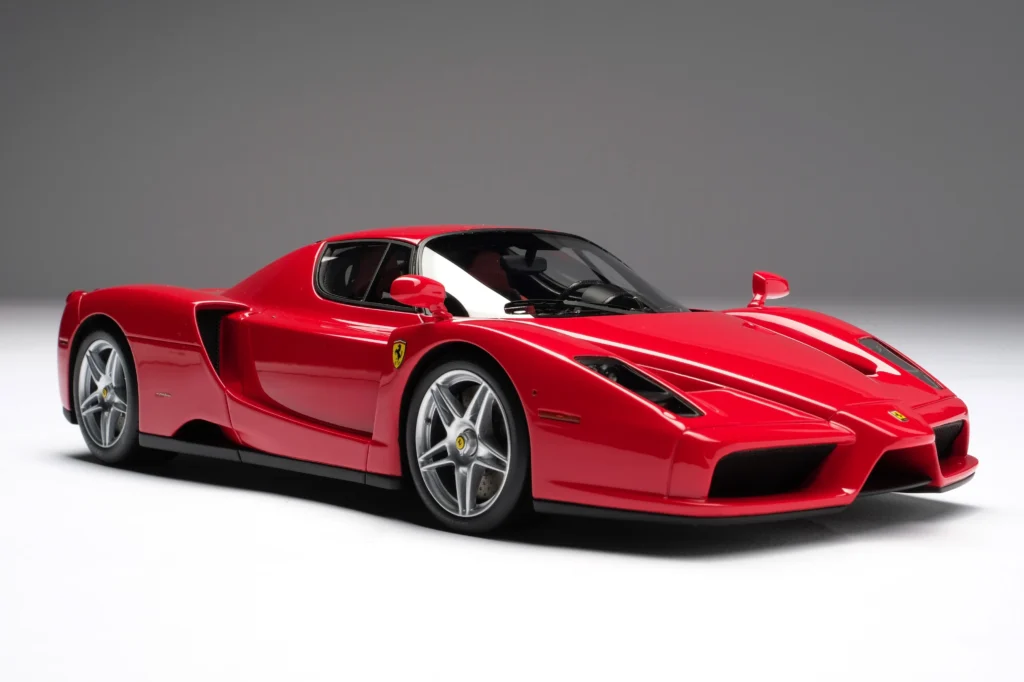
Its design—sharp, angular, and dramatic—was inspired by F1 aerodynamics. Acceleration from 0 to 100 km/h took just over 3 seconds, and its top speed exceeded 350 km/h. While originally capped at 349 units, Ferrari later produced 50 more for select clients. The Enzo marked a turning point: the moment Ferrari fully embraced its motorsport DNA to create a hypercar that blended precision engineering with sculptural artistry.
LaFerrari – Hybrid Power, Pure Ferrari Soul
In 2013, Ferrari launched LaFerrari, its first hybrid hypercar and perhaps its most ambitious project to date. Combining a 6.3-litre V12 with an F1-derived electric motor through the HY-KERS system, the LaFerrari delivered a staggering 949 horsepower and instantaneous torque response.
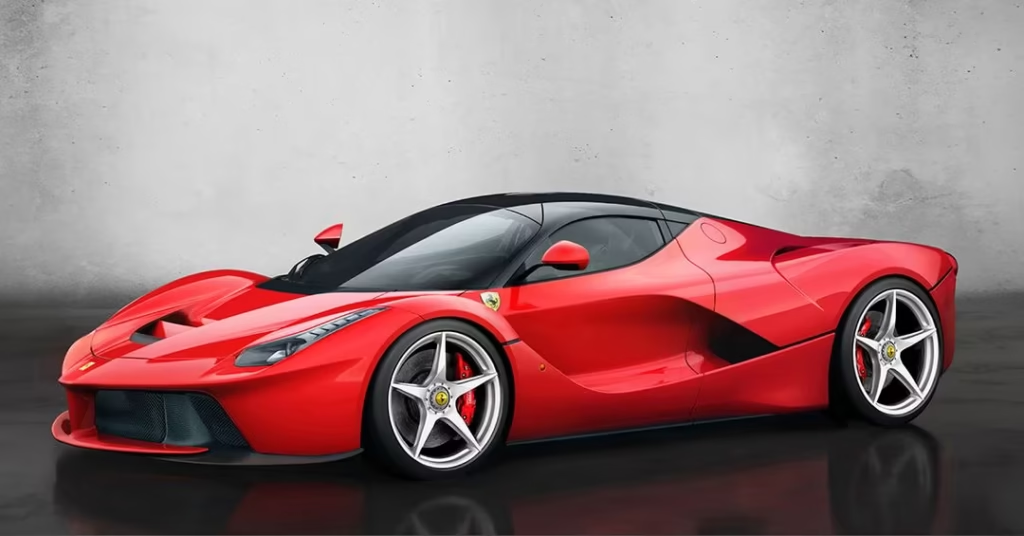
But performance was only part of the story. The LaFerrari introduced active aerodynamics, carbon-fibre construction techniques honed in F1, and a driving experience that balanced explosive power with extraordinary poise. Only 499 coupés were produced, followed by 210 units of the open-top Aperta version. It became an instant icon—not only for its performance figures but for its bold step into the electrified future without sacrificing Ferrari’s essence.
Ferrari F80 – A Vision of Tomorrow
Looking ahead, the Ferrari F80 represents the future of the brand’s halo series. Expected to debut in limited production soon, the F80 reportedly blends a twin-turbo V6 hybrid powertrain producing over 1,100 horsepower with a lightweight carbon architecture and advanced aero strategies.
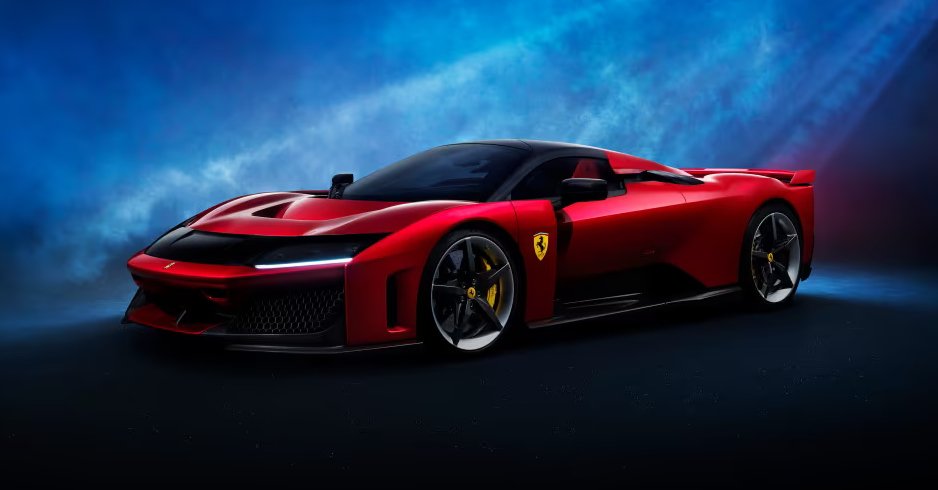
Though precise figures are still guarded, early details suggest a 0–100 km/h time near the 2-second mark and a top speed well above 340 km/h. More importantly, it aims to redefine the relationship between sustainability, speed, and luxury. With only a few hundred units expected, the F80 is poised to become the next centerpiece in Ferrari’s lineage of technological milestones.
A Legacy Etched in Carbon and Emotion
From the 288 GTO to the upcoming F80, Ferrari has redefined what it means to be a performance icon with each generation. These aren’t just cars—they’re time capsules of innovation, emotion, and design excellence. Built in limited numbers and driven by passion, they continue to captivate collectors, enthusiasts, and dreamers alike.
Whether it’s the fire-breathing brutality of the F40 or the sublime technological fusion of the LaFerrari, each model stands as a testament to Ferrari’s unwavering commitment to build not just faster cars—but cars that make history.

